Name Jean-Antoine Constantin | ||
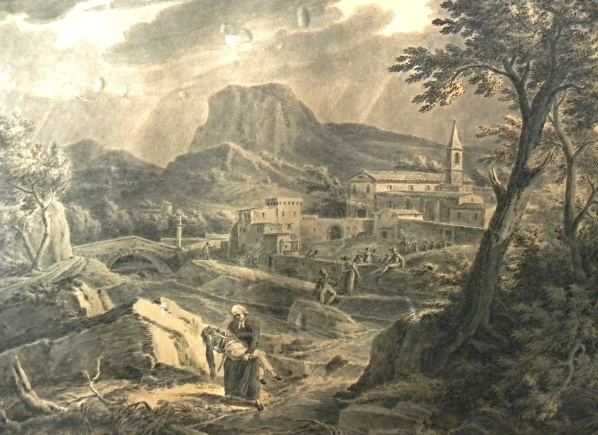 | ||
Died January 9, 1844, Aix-en-Provence, France | ||
Jean-Antoine Constantin, (January 1756 in Marseille - 9 January 1844 in Aix-en-Provence), was a French painter.
Contents

Biography
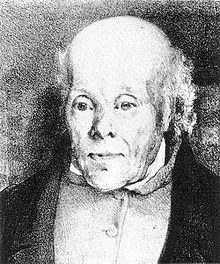
Born in the vicinity of the Loubière, in Marseille, Jean-Antoine Constantin studied at the Academy of Painting in Marseille under the tutelage of Jean-Joseph Kappeler, David de Marseille, and Jean-Baptiste Giry. Although born and bred in Marseille, he spent his whole professional life as a painter in Aix-en-Provence.
Rome, then Aix-en-Provence
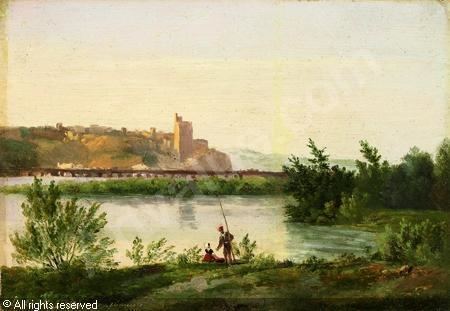
In the aftermath of his graduation, he started work in the pottery industry in Moustiers-Sainte-Marie. He then lived in Rome for six years under the patronage of Perron, an arts enthusiast from Aix. Later, he moved back to Aix to work as a painter there. He mostly did landscape painting, with Digne-les-Bains, Fontaine-de-Vaucluse, or Marseille as inspirations.
Drawing school in Aix
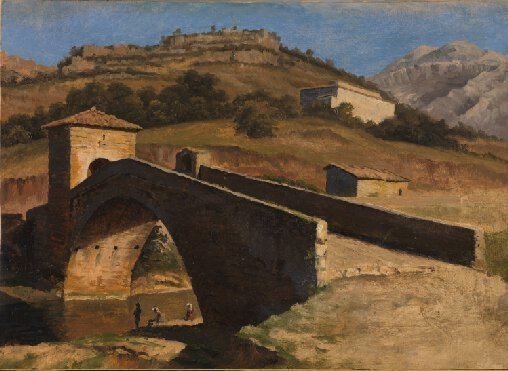
In 1786, he succeeded Claude Arnulphy and became the third principal of the drawing school in Aix, continuing in the post until the French Revolution. In 1807, he moved to Digne to work as a drawing teacher for six years. He returned to Aix in 1813, with the financial support of François Marius Granet, who gave him an allowance of 150 francs. In January 1844, at age 88, he died a poor man.
Influence
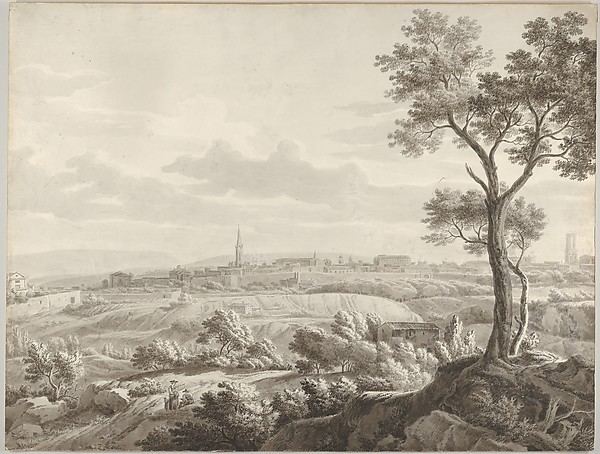
Jean-Antoine Constantin is seen as one of the forefathers of Provençal painting. François Marius Granet, Auguste de Forbin, Louis Mathurin Clérian, Émile Loubon are some of the later painters to have sought inspiration from his paintings.
